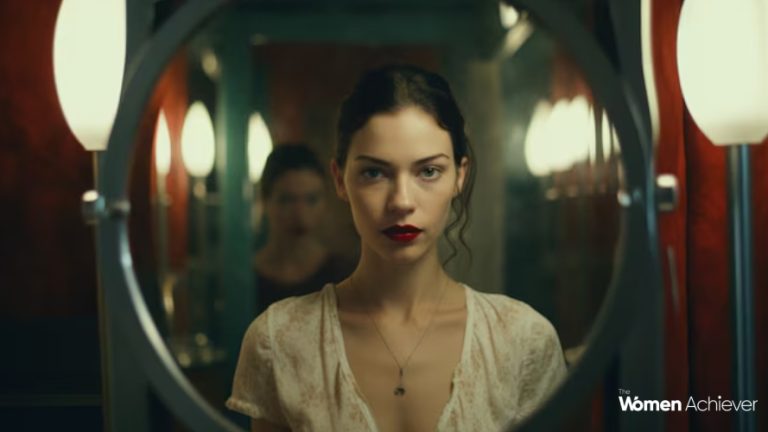Here’s about Beyond the Beauty Myth: How Advertising Still Defines Women by Beauty
Years since the feminist movement started to discredit the “beauty myth,” women are reminded far too often by commercials that how they look is what makes them worth something. Even with diversity and inclusiveness progress, the general message in the majority of commercials is still the same — beauty is valuable. From commercials for face cream to exercise ads, women continue to be nearly solely represented by appearance, continuously supporting tired stereotypes.
The Subtle Continuation of the Beauty Ideal
Today’s advertising has changed, but the message remains the same. Brands embrace “body positivity” and “real beauty,” but images revolve around smooth skin, thin bodies, and youth. Even diversity exists, but in a performative way — just another marketing scheme and not a turnaround. The message still is that women need to be physically attractive to be heard, noticed, or worthy.
The Dominance of the Male Gaze
Advertising has been grounded in the “male gaze” frames since then, with women as they are to be stared at and not agents of their own narrative. Although there are more diversified commercials now, most of them subvert by taking their foundation in a male-conceived world. Women are presented with “empowered” — but typically only when they look good. This paradox summarizes the reality that confidence must be derived from appearance and not from identity or ability.
The Manipulation of Self-Image on an Emotional Level
Insecurity is the basis of beauty and fashion. Commercials are used to vow a change — healthier skin, healthier hair, healthier living. By linking external beauty with success and happiness, they set up a cycle of product dependency and people-pleasing. Even “self-care” commercials can capitalize on it, marketing consumerism as empowerment, not self-acceptance.
A New Generation of Representation — or Repackaged Conformity?
Other brands have truly joined hands in embracing inclusivity in their hearts, with women of various races, sizes, and ages on their faces. But the majority of others only market diversity to come back to marketing aesthetic hierarchies ultimately. For instance, plus-size models still are still airbrushed and darker skin color tones continue to remain the exception when it comes to beauty campaigns. Actual change is about believing in the real thing without subjecting it to a marketing lens.
Shifting the Narrative
Ad time for advertisers to finally break the beauty myth — to portray women as thinkers, leaders, artists, and inventors, not faces and bodies. Commercials that hail brains, determination, sass, and ambition speak most profoundly because they present us with lives lived. Consumers can also help by supporting brands that hail women on content, rather than surface.
Conclusion: Commercials are really powerful — they set the tone for how society perceives women and how women perceive themselves. Shaking off appearance-based framing isn’t about representation but about reframing value. The advertising future isn’t selling beauty, but buying individuality, confidence, and authenticity — the things that make women truly shine.






Add comment